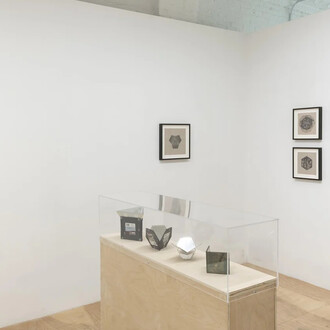A pinch of salt, a stein of beer, a cup of coffee with sugar-around the world, these commodities are traded and consumed. So familiar are these foodstuffs that how they made their way onto our tables is seldom pondered. Drawn from more than 25 nations across the Americas, Asia, Europe, and Africa, the objects in this exhibition focus on the global trade of consumable commodities and the works made to store, serve, and ingest them. Like many of the goods they contained, these ceramic vessels were marketed via vast international trade routes, resulting in the exchange, imitation, and appropriation of decoration, design, and technology.
These functional objects are presented here side by side, transcending geographical, cultural, and chronological boundaries, underscoring the near universality of experiences such as drinking tea from a ceramic vessel. The majority of the objects are made from clay, but also included are related forms in materials such as glass, metal, and ivory. Many of them bear expected signs of use and wear from generations of owners.
Enjoyed worldwide, coffee, tea, alcohol, sugar, chocolate, and spices allow us to share a favorite drink or meal with family and friends. While the monetary price of these commodities is realized, other costs are often concealed. Their cycles of cultivation, production, and trade are an inextricable part of global systems of oppression and privilege, including reliance on enslaved and exploitative labor and lasting damage to communities, human health, and the natural world.
















